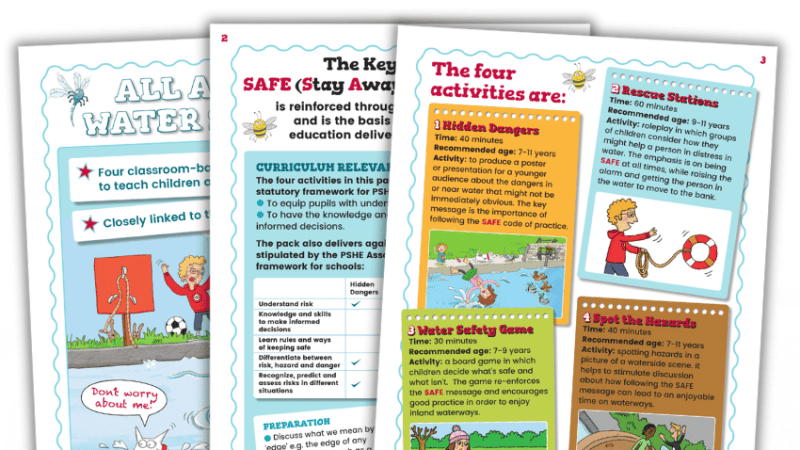How virtual learning classrooms help students with anxiety and other mental health issues succeed

Mental health issues can cause a vicious cycle of missed classes, depression, low productivity and disengagement. EdTech may just have a possible solution…
- by Sam Warnes

Parents and teachers increasingly face the question of how best to help students suffering from debilitating anxiety to succeed academically, and rapid advances in technology are now offering fresh answers.
Online learning opportunities and virtual classrooms providing flexible and personalised learning to support students who are falling behind.
So how can schools tap into these benefits and use these new learning strategies most effectively to support vulnerable students?
This question is becoming ever more important with research suggesting debilitating anxiety is on the increase among young people.
According to the Mental Health Foundation (2015) 10 per cent of school children aged 5-16 have a diagnosable mental illness, and it is thought that in an average class of 30 young people, three will have a mental health problem (Young Minds).
These experiences can often have a devastating impact on the academic prospects of such students, as overwhelmed pupils miss classes, fall behind on their work and disengage with content.
New online learning platforms can help avoid many of the triggers in traditional teaching methods which make it harder for students to keep on top of their work.
They offer interactive multimedia content which can be used flexibly by students, enabling users to access online virtual classrooms, targeted videos and interactive literacy and numeracy puzzles outside the classroom.
So how do virtual classrooms help anxious students?
1. Help break a downward spiral by offering a flexible and safe space for learning For students suffering with anxiety and mental health issues the prospect of travelling to school, attending lessons and interacting with peers can often cause overwhelming feelings of panic and anxiety.
This can result in a vicious cycle of missed classes, depression, low productivity and disengagement. Using online alternatives offers a proactive solution to help students break this cycle.
Online classrooms reduce the amount of time students struggling with mental health issues have to spend in school by enabling them to catch up on what they’ve missed and access the learning in a flexible way at a time, and in an environment, that suits them best.
It also offers conscientious students important reassurance that if they have a bad day they can still access the learning and stay on top of their work.
2. Facilitate personalised and differentiated learning By using virtual classrooms, learners can access personalised content tailored to gaps in their knowledge and suited to their skill level.
The best online learning platforms also offer teachers a rich source of data, so they can monitor students’ performance, progression and attendance and assess quickly where a student might need extra help to keep them on the right track.
As an added bonus, those with the facilities to allow quick and efficient creation of lesson plans reduces workloads, freeing up time for teachers to offer more-targeted and specialist support to the students most in need of extra attention and advice.
3. Complement more traditional teaching methods Blending online and traditional learning methods is a highly effective way to tailor teaching strategies to the different needs of each student and optimise learning potential.
Students that fall behind due to anxiety or missed classes can use online classrooms to catch up, enabling them to follow lessons in class.
Doing extra exercises online can also boost students’ confidence and self-esteem, creating a virtuous pattern of better performance and improved attendance which helps pupils to successfully reintegrate into school life.
Virtual classrooms in practice
Jane Horsfield works at Sheffield Inclusion Centre and has been using an online learning platform, and a virtual classroom with live-streaming capabilities, as part of the outreach work she has been doing to deliver lessons for children unable to attend school.
She explained that one of the key advantages to using online learning is the ability to “set work individually for each child, addressing gaps in knowledge and learning”.
In her experience such tools have a hugely positive impact, particularly in that “with this type of nurturing, some pupils feel ready to return into the school setting”.
The question of how best to support young students struggling with mental health issues, and minimise the negative implications for their academic progression, is one of the most pressing challenges facing today’s educators.
Seizing the opportunities provided by integrating virtual learning alongside more traditional teaching methods is one important way to begin offering pupils better and more personalised support, equipping them with the right tools and environment to succeed academically.










